Editor's note: For an entire month starting August 17, CGTN has brought this year's Great Wildebeest Migration to your living room with our new series "Digital Safari." Let's jump onboard and get to know more about these amazing wild animals and the wonderful nature.
02:24
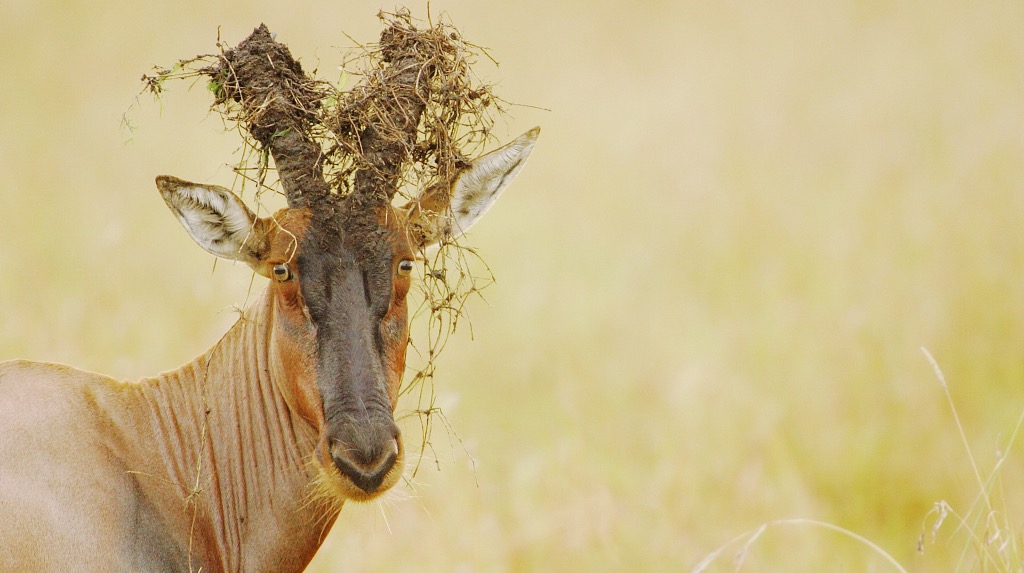
The topi, one of the swiftest antelopes in Africa, can reach speeds of close to 50 mph. Therefore, they are not an easy catch for their major "enemies" including spotted hyenas, lions and jackals. But what's more interesting is their social structure and behaviors. In the wild animal world, males are always found being competitive and more aggressive than females. They are usually willing to do anything to win the females' "hearts." However, it's a totally different story for topis.
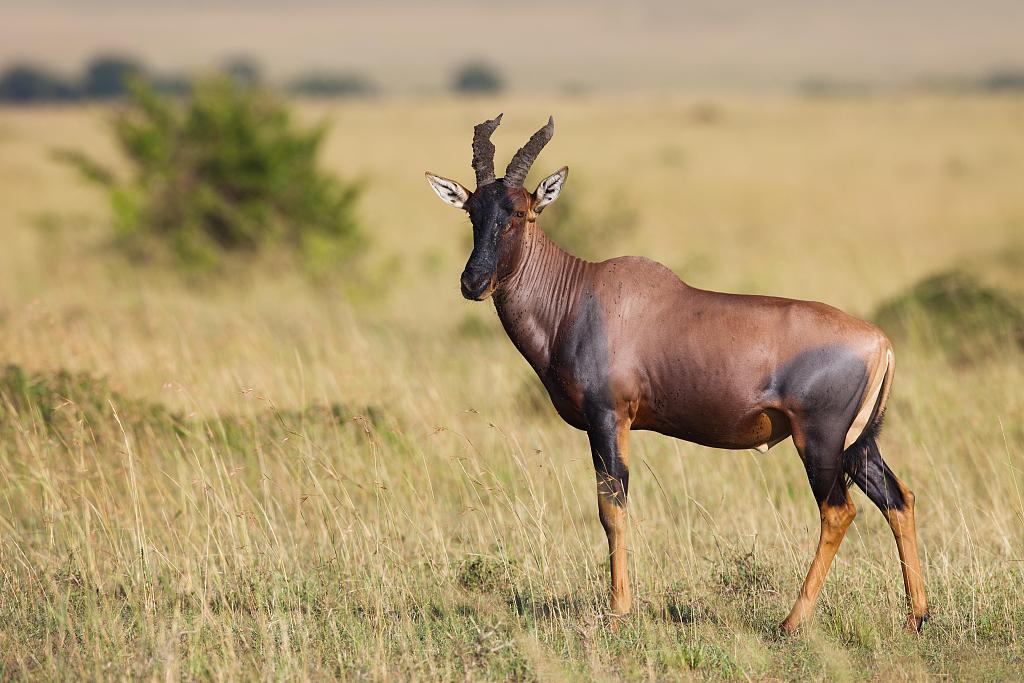
The topi is found in the savannas, semi-deserts, and floodplains of sub-Saharan Africa. /VCG
The topi is found in the savannas, semi-deserts, and floodplains of sub-Saharan Africa. /VCG

Topis can run really fast, 50 mph. /VCG
Topis can run really fast, 50 mph. /VCG
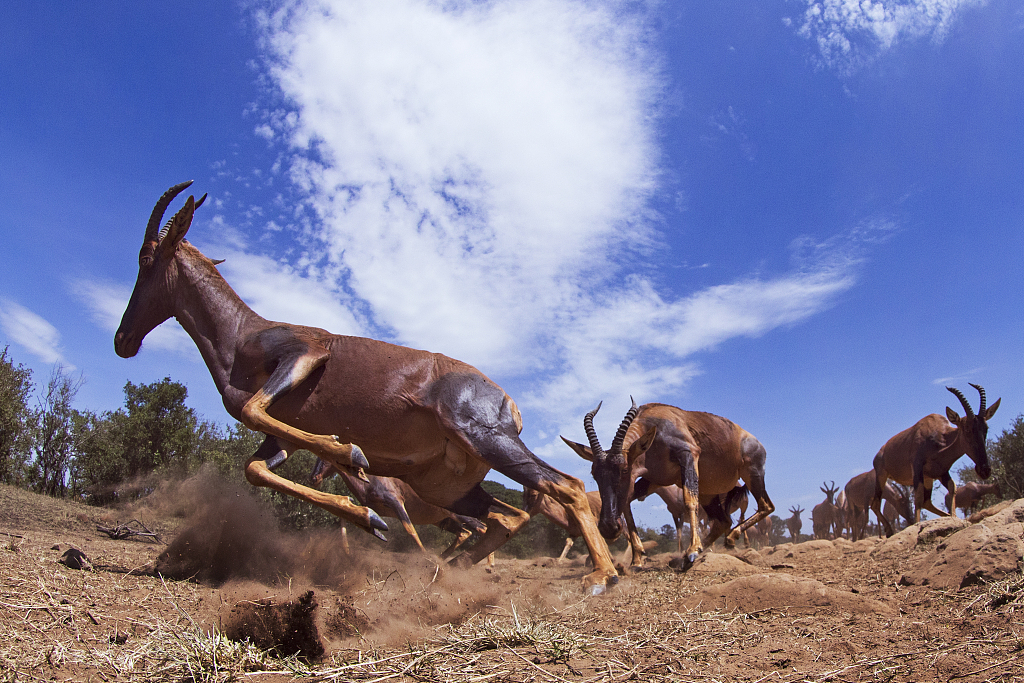
Topis are highly sociable. /VCG
Topis are highly sociable. /VCG
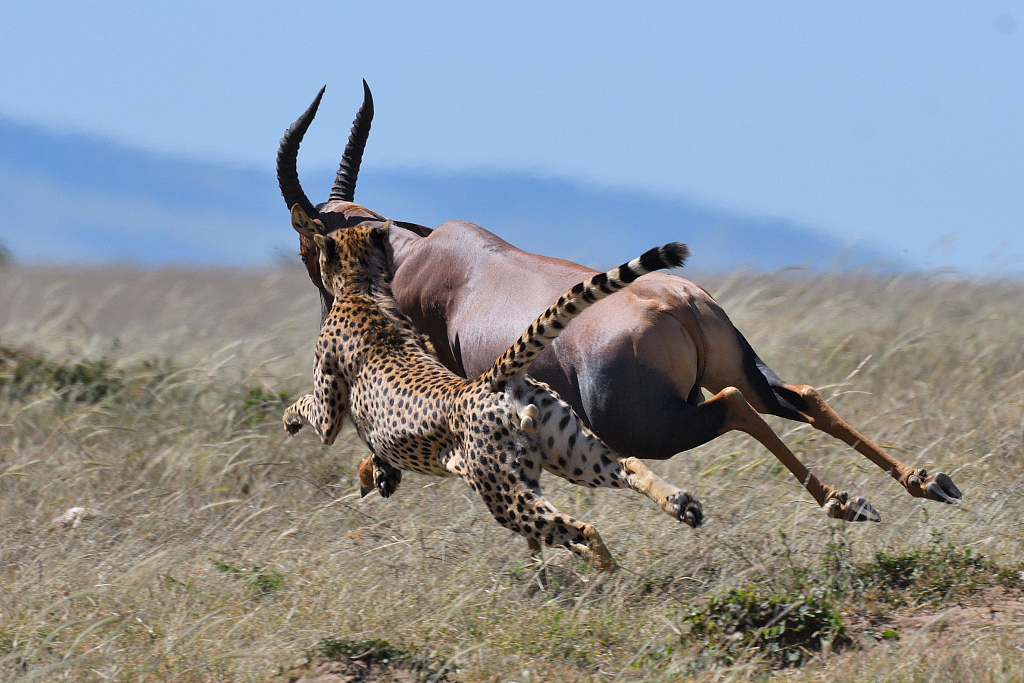
The topi's "enemies" include spotted hyenas, lions, jackals and cheetahs.
The topi's "enemies" include spotted hyenas, lions, jackals and cheetahs.

A topi is attacked in water. /VCG
A topi is attacked in water. /VCG
Female topis are fertile for only a day out of a year, so they are often seen competing with one another for the opposite sex to ensure that they become pregnant. The topi antelopes only gather once a year for mating. So instead of being resistant, female topis can get really aggressive when looking for a mate. They even attack other mating pairs.
On the contrast, the male topis are very choosy. They like to mate with multiple females, especially with the novel ones. So sometimes male topis turn aggressive towards pushy females with whom they have already mated, so they can keep energy for mating with new ones.
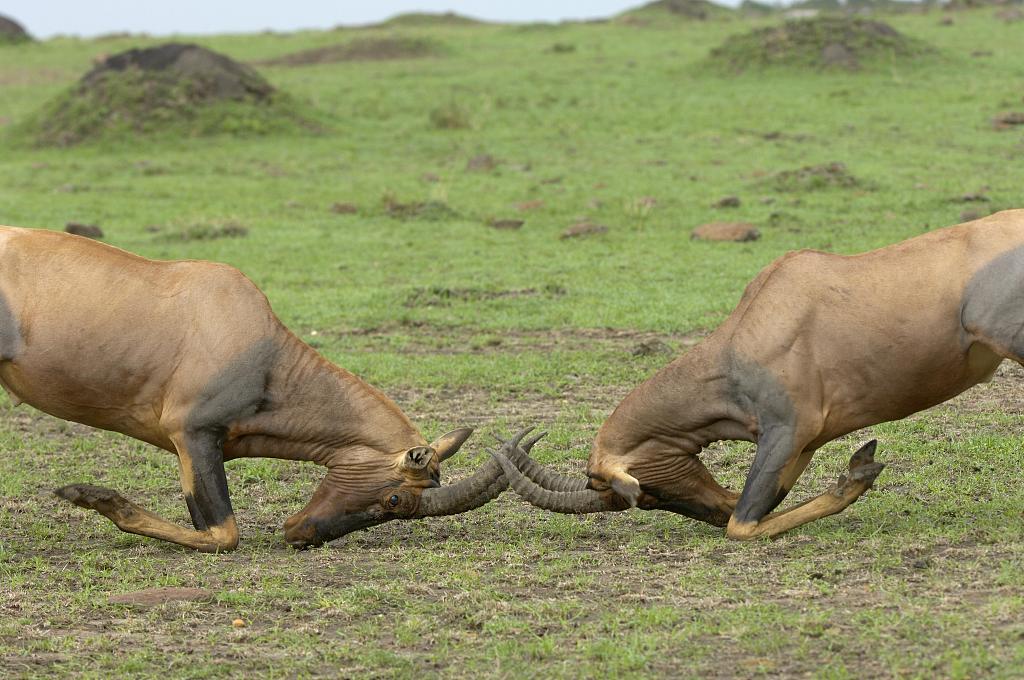
Topis fighting with their ringed and lyrate shaped horns. /VCG
Topis fighting with their ringed and lyrate shaped horns. /VCG

A baby topi and its mother. /VCG
A baby topi and its mother. /VCG
The population of topis is highly dependent on green vegetation. In the Serengeti, they join the migration of wildebeests, gazelles and zebras in search of greener pastures to graze.

Topis join the big migration. /VCG
Topis join the big migration. /VCG

The great animal migration. /VCG
The great animal migration. /VCG